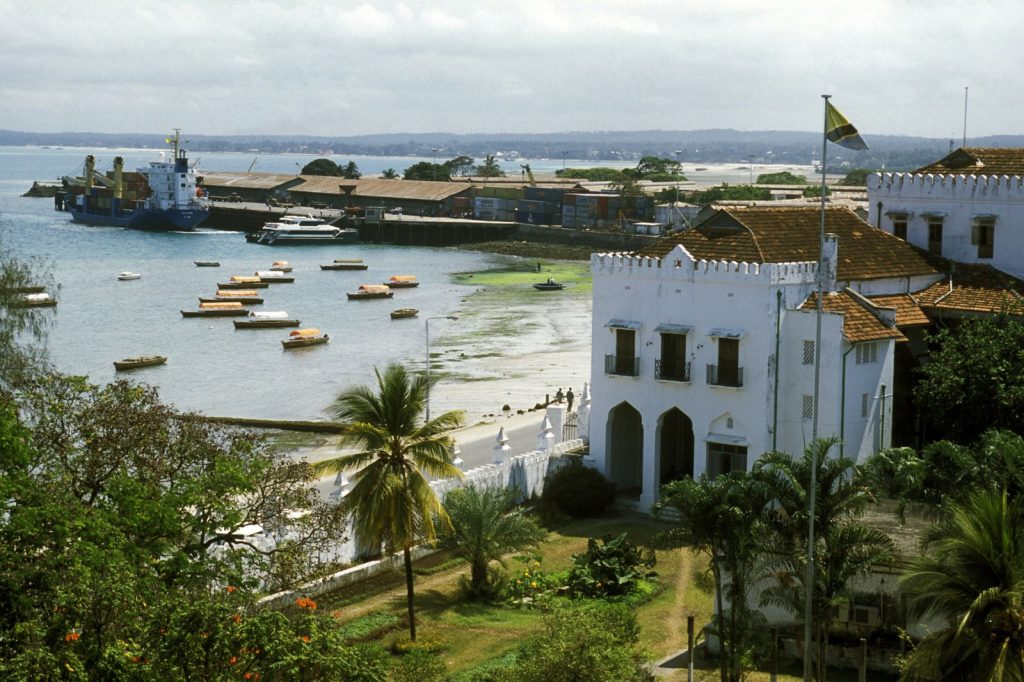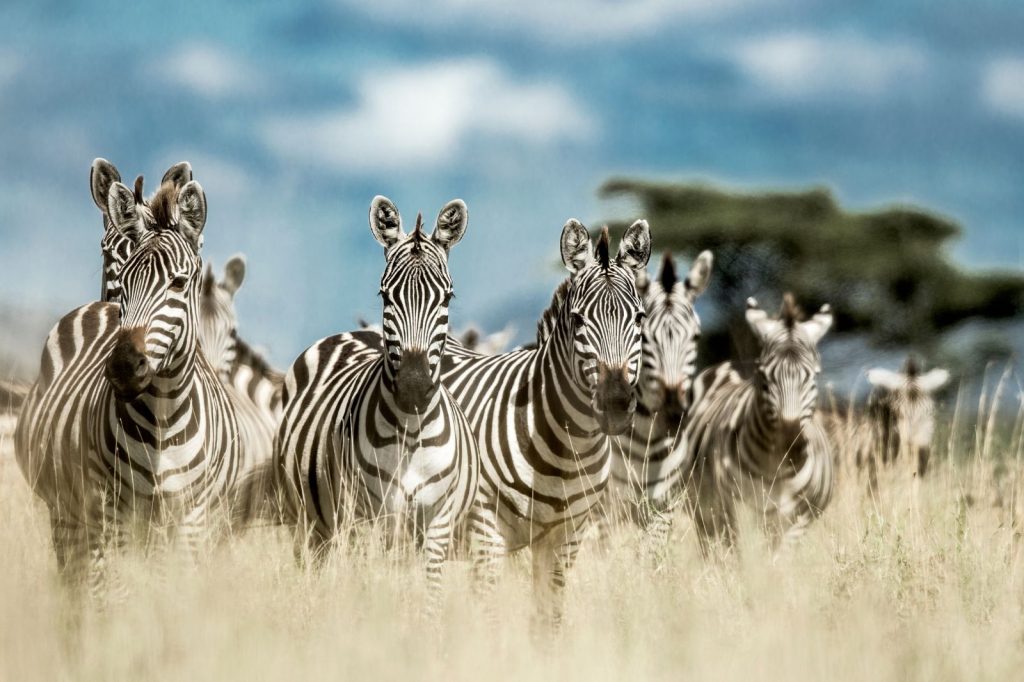Zanzibar Travel Insurance: What You Need to Know

Dreaming of white-sand beaches, turquoise waters, and the spice-scented breeze of Zanzibar? While this Tanzanian paradise promises relaxation and adventure, travel insurance is an essential part of your travel planning to ensure peace of mind during your trip. Here’s everything you need to know about Zanzibar travel insurance before you pack your bags. Why Travel Insurance is Essential for Zanzibar Zanzibar is generally safe and tourist-friendly, but like any destination, unexpected situations can arise. Travel insurance provides protection in case of: Medical emergencies or evacuations Trip cancellations or delays Lost or stolen baggage Injuries from water sports or adventure activities Natural events or political disruptions Medical Coverage Is a Must Healthcare on the island is limited, especially for serious injuries or emergencies. Travel insurance should include: Emergency medical treatment Hospital stays Medical evacuation to mainland Tanzania or home country If you’re planning activities like scuba diving, snorkeling, or kite surfing, make sure your policy includes adventure sports coverage. ✈️ Flight Delays and Trip Interruptions Zanzibar flights can sometimes be delayed due to weather or airline issues. Travel insurance with trip interruption or delay benefits ensures that any additional costs (like extra nights in a hotel or rebooking flights) are covered. Lost Luggage or Theft Lost baggage, stolen passports, or missing belongings can ruin a perfect beach escape. A good policy will reimburse you for lost or delayed items, giving you one less thing to worry about. COVID-19 and Travel Insurance Many providers now include COVID-19 coverage, which can help with cancellations due to illness, quarantine requirements, or medical care if you contract the virus while abroad. Double-check that your policy includes pandemic-related coverage. ✅ What to Look for in a Zanzibar Travel Insurance Policy Minimum $100,000 medical coverage Trip cancellation/interruption benefits 24/7 emergency assistance Evacuation and repatriation coverage Adventure activity coverage (if applicable) Pandemic/COVID-19 protection Pro Tip: Always carry a copy of your insurance policy, emergency numbers, and proof of coverage while traveling. And inform your insurer in advance if you’re heading to remote areas or planning adventure activities. Travel Safely with Mama Africa Safaris At Mama Africa Safaris, your safety is our priority. We highly recommend purchasing comprehensive travel insurance before your trip to Zanzibar or any part of East Africa. Need recommendations? We’re happy to guide you toward trusted providers. Travel smart, stay protected — and enjoy the island paradise of Zanzibar without worry.
Tanzania Safaris: The Ultimate African Adventure

When it comes to African safaris, Tanzania stands tall as one of the most iconic and diverse destinations on the continent. From the endless plains of the Serengeti to the wildlife-rich Ngorongoro Crater and the towering peak of Mount Kilimanjaro, Tanzania offers an unmatched combination of natural beauty, rich culture, and unforgettable wildlife encounters. A Land of Legendary Parks Tanzania is home to some of Africa’s most famous national parks and game reserves: Serengeti National Park – World-renowned for the Great Wildebeest Migration and its incredible predator action. Ngorongoro Conservation Area – A UNESCO World Heritage Site, this volcanic crater is home to a dense population of wildlife, including the Big Five. Tarangire National Park – Known for its massive elephant herds and ancient baobab trees. Lake Manyara National Park – A compact gem with tree-climbing lions, flamingos, and diverse birdlife. Ruaha National Park – Remote and wild, offering an off-the-beaten-path experience for seasoned safari-goers. Nyerere National Park (formerly part of the Selous Game Reserve) – A vast, untamed wilderness known for walking and boat safaris. The Wildlife Experience Tanzania’s biodiversity is astounding. Whether you’re watching lions hunt in the Serengeti, tracking elephants in Tarangire, or spotting rare black rhinos in Ngorongoro, every day on safari is filled with discovery. The country is also one of the best places to see the Big Five—lion, elephant, leopard, rhino, and buffalo. More Than Just Wildlife A Tanzanian safari isn’t just about animals. You can: Climb Mount Kilimanjaro, Africa’s tallest peak. Relax in Zanzibar, where white-sand beaches meet the turquoise Indian Ocean. Meet the Maasai, Hadzabe, or Chaga people and experience the warmth and richness of Tanzania’s cultures. Best Time to Visit June to October: Dry season—best for wildlife viewing and the Mara River migration crossings. January to March: Calving season in the southern Serengeti—great for predator action. November & April–May: Green season—fewer crowds, lush landscapes, and great birding. Why Travel with Mama Africa Safaris At Mama Africa Safaris, we know Tanzania because we call it home. Our expert local guides, personalized itineraries, and commitment to responsible travel ensure you experience the magic of Tanzania with comfort, authenticity, and heart. Whether it’s your first safari or your fifth, Tanzania will leave you breathless—and coming back for more.
The Great Wildebeest Migration: Nature’s Greatest Show on Earth

Every year, nearly two million wildebeest, accompanied by zebras and gazelles, undertake an epic journey across Tanzania’s Serengeti and Kenya’s Masai Mara. Known as the Great Wildebeest Migration, this spectacle is one of the most dramatic and awe-inspiring natural events on the planet—often referred to as “the greatest wildlife show on Earth.” A Journey Fueled by Survival The migration is driven by the search for fresh grazing and water. It begins in the southern Serengeti, where calves are born between January and March. As the dry season approaches, the herds move north through the central and western Serengeti, facing predators and harsh conditions every step of the way. The Mara River Crossing: A Test of Endurance One of the most thrilling and iconic moments of the migration occurs between July and October, when the herds reach the Mara River on the border of Tanzania and Kenya. This river crossing is a true test of survival—steep banks, strong currents, and lurking Nile crocodiles await. Yet, the wildebeest push on in massive numbers, driven by instinct and the promise of greener pastures in the Masai Mara. Watching this dramatic event unfold is both humbling and unforgettable. The sound of hooves pounding the earth, the chaos of the crossing, and the predator-prey encounters create a wildlife experience unlike any other. When & Where to Witness It January to March – Calving season in Southern Serengeti (Ndutu area). May to June – Herds move through the central Serengeti. July to October – River crossings at the Mara River (Northern Serengeti and Masai Mara). November to December – Return migration southward. Each stage of the migration offers unique viewing opportunities, but the Mara River crossings are the most sought-after for their raw drama and wildlife concentration. Why This Migration Matters Beyond its visual spectacle, the migration plays a vital ecological role. It replenishes grazing lands, supports predator populations, and drives eco-tourism that sustains local communities and conservation efforts. Travel with Mama Africa Safaris At Mama Africa Safaris, we craft unforgettable migration experiences—whether you want to witness the dramatic river crossings, follow the herds across the plains, or combine your safari with cultural encounters and beach escapes. Join us and experience the heartbeat of Africa, where the rhythm of the wild tells stories of survival, strength, and awe-inspiring beauty.





